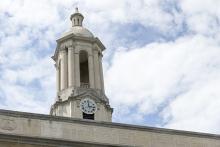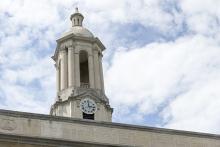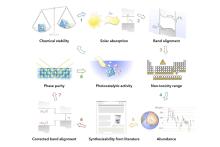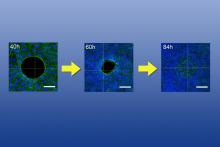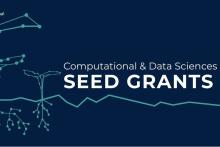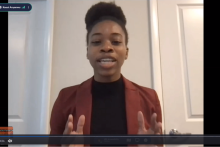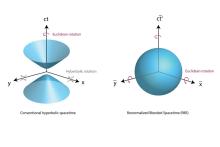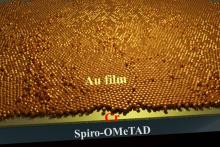Printable electronics could cause a proliferation of smart, connected devices, from household appliances that can communicate with each other to medical diagnostic sensors that can be placed on the body to forgo invasive procedures.
Each year, the Presidential Leadership Academy (PLA) at Penn State chooses 30 exemplary first-year students and the academy is excited to celebrate the next round of standout members.
The American Ceramic Society (ACerS) has selected Clive Randall, director of the Materials Research Institute and distinguished professor of materials science and engineering, to give the 2021 Edward Orton, Jr. Memorial Lecture at the society's annual meeting.
Each year, the University Staff Advisory Council (USAC) selects three outstanding staff for their accomplishments and contributions to the University and honors them at a celebratory event.
Using solar energy to inexpensively harvest hydrogen from water could help replace carbon-based fuel sources and shrink the world’s carbon footprint.
The observation of a previously undetected biological mechanism for closing gaps in living tissue improves basic understanding of the wound-healing process and may one day inform strategies to speed healing after surgery, according to a team of Penn State and Singapore researchers.
From making our roads safer to paving the way to exoplanet discovery, the Institute for Computational and Data Sciences (ICDS) seed grants have funded 14 projects backed by researchers from across the disciplines and around the University.
Six Penn State graduate students involved in materials or engineering research presented a concise rundown of their research, in two minutes or less, for judges from companies including PPG, Corning, Dow and Murata at the finals of the Millennium Café PPG Elevator Pitch Competition on May 18.
A Penn State scientist studying crystal structures has developed a new mathematical formula that may solve a decades-old problem in understanding spacetime, the fabric of the universe proposed in Einstein’s theories of relativity.



